
Everything you need to know about Romania in less than 60 minutes
The Head of the Romanian state, Nicușor Dan, was received in London by King Charles III of the United Kingdom; he had previously gone to Helsinki to attend a summit of the EU states on the Eastern Flank
Romania's ruling coalition reaches agreement on raising the minimum wage from 1st July 2026.

Romania’s basketball champion side carries on its progress towards the EuroCup quarterfinals

Debates on the dysfunctions in the justice system continue in Bucharest.
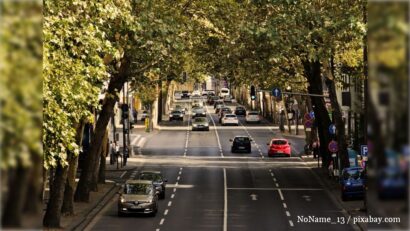
The European Union is abandoning its ambitious plan to sell only electric vehicles from 2035 onwards

The first Romanian team to reach the semifinals of a European Cup faces another potential milestone.
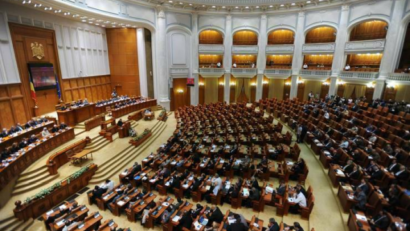
The Romanian government has survived the motion of censure on the reform plans.
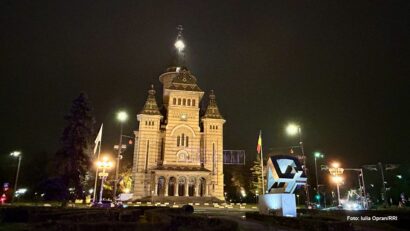
Romanians look back at the anti-Communist Revolution that changed the destiny of their country
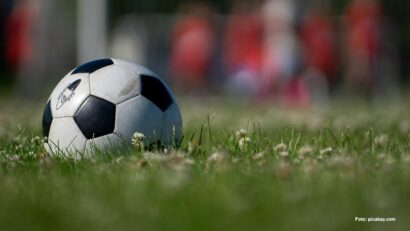
FCSB achieved a historic victory for Romanian football last week.
Currency Converter RON/EUR: Fri, 19 Dec.

The 2025 Sakharov Prize honours Andrzej Poczobut and Mzia Amaglobeli
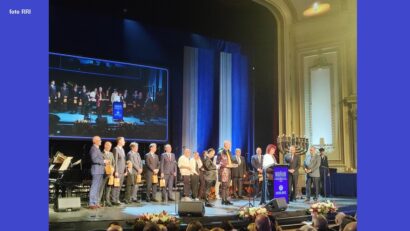
The Bucharest National Opera House was the venue for the 24th Magna cum Laude-Reut Friendship Gala, an already traditional event, dedicated to excellence and friendship
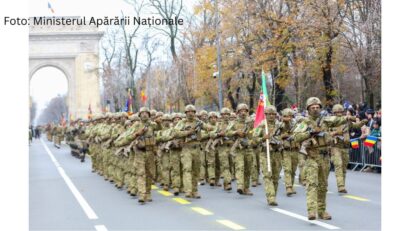
Allied soldiers parade and salute on Romania's National Day
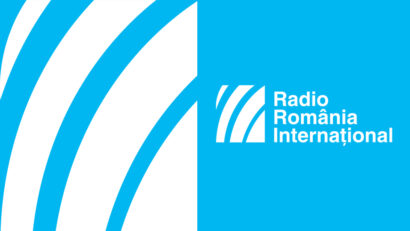
The latest from the Romanian labour market

A roundup of news on the Romanian labor market
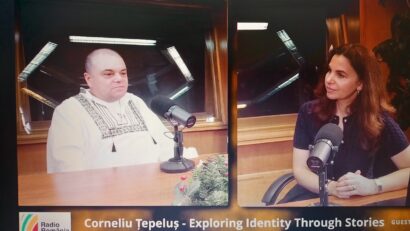
From his journey in tourism to building inspirational media projects. Tune in for insights on creativity, cultural identity and the power of human connection.
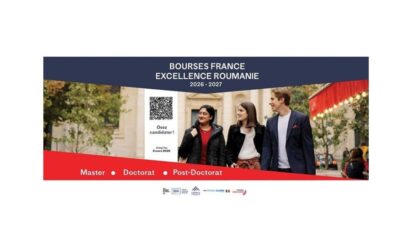
Today, December 10, 2025, the French Institute and the French Embassy in Romania are organizing the official launch of the France Excellence Roumanie 2026–2027 scholarship program.

Her vision is to bridge cultures through art, elevate Romanian artists internationally and use exhibitions as platforms for dialogue on history, identity, and global solidarity.

Everything you need to know about Romania in less than 60 minutes
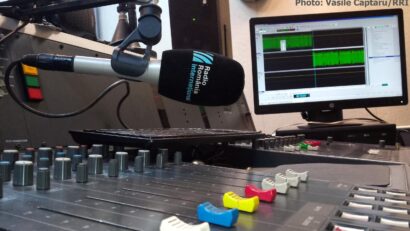
Everything you need to know about Romania in less than 60 minutes.

Everything you need to know about Romania in less than 60 minutes
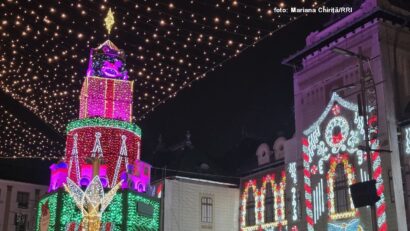
Craiova is consolidating its position on the European tourist map through a complex strategy that turns the city into a veritable centre of international attraction during the winter

Romania is facing a sharp demographic decline, confirmed by the latest analyses published by the National Statistics Institute (INS). Projections...
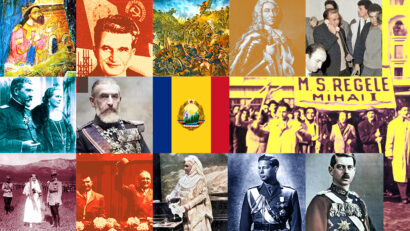
Dennis Deletant is one of the most prominent foreign scholars from the second half of the 20th century to write about Romania.

Like every year, Radio Romania International is again inviting listeners to choose their favourite person in 2025.
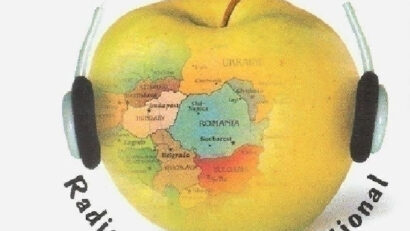
A special broadcast marking Radio Day

Radio Romania International celebrates Radio Day in Romania, on November 1, with a new podcast platform.
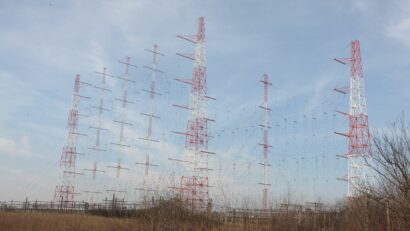
RRI broadcast frequencies valid as of October 26, 2025 to March 28, 2026:

We invite you to be part of “Listeners’ Day” on Radio Romania International on November 2
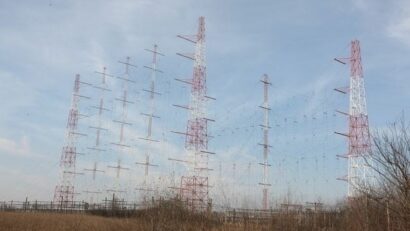
RRI broadcast frequencies valid as of March 30 to October 25, 2025:
